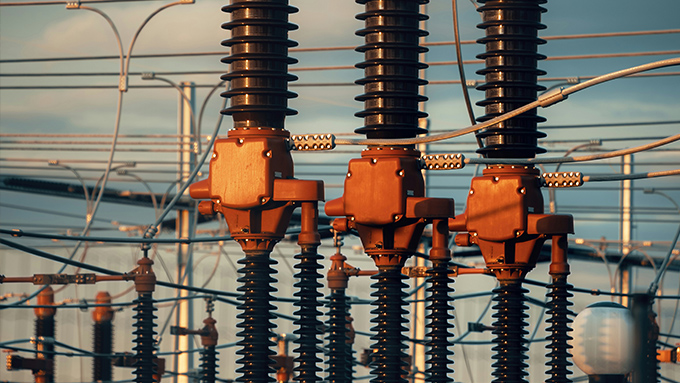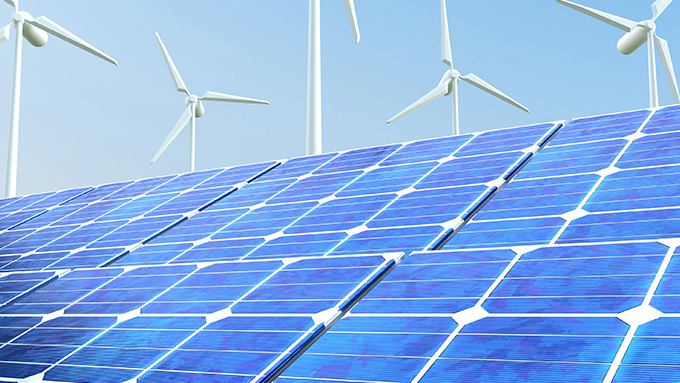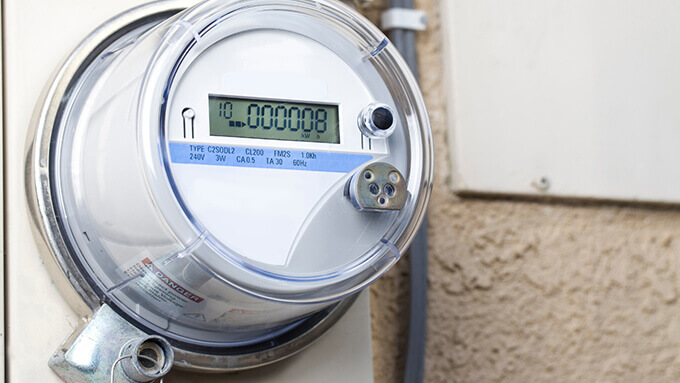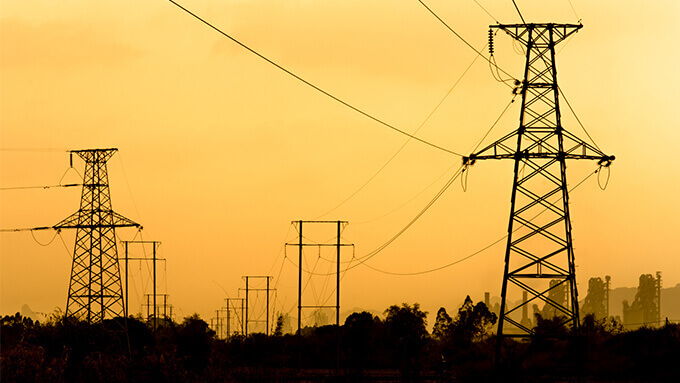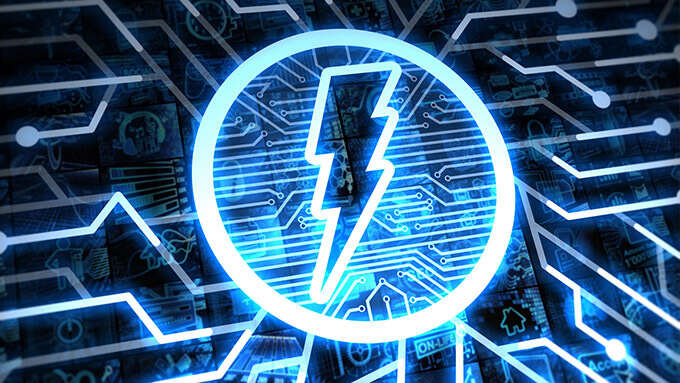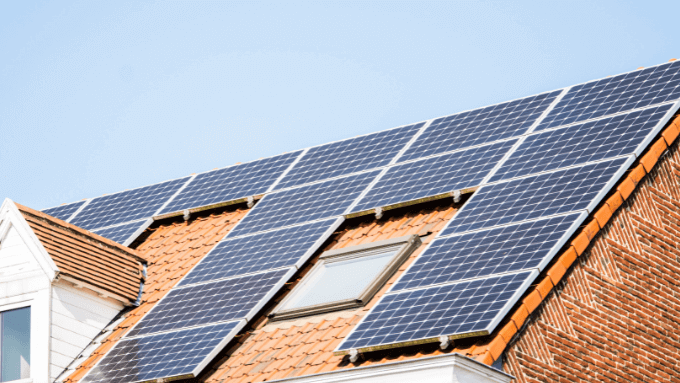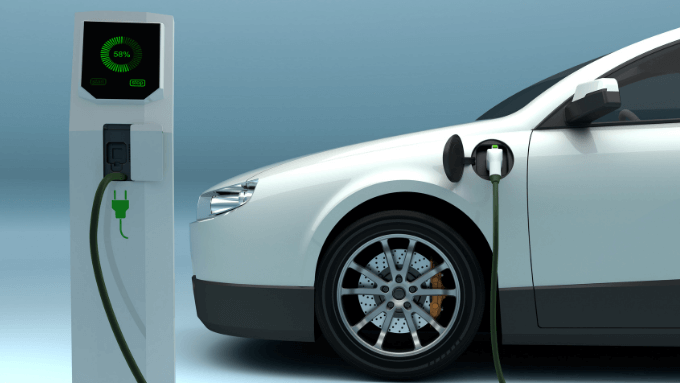Significant Amendments To The Unlicensed Electricity Generation Regulation
Introduction
The Electricity Market Regulatory Authority (“EMRA”) amended the Regulation on the Unlicensed Electricity Generation in the Electricity Market (“Regulation”). Within this context, EMRA prepared three different exposure drafts amending such Regulation on 15.05.2015, 26.10.2015 and 26.11.2015. Finally, EMRA has finalized its evaluation, and has made the necessary adjustments via the Regulation Amending the Regulation on the Unlicensed Electricity Generation in the Electricity Market (“Amending Regulation”). The Amending Regulation entered into force through publication in the Official Gazette dated 23.03.2016 and numbered 29662. The drafts regarding the novelties to be introduced to the Regulation that were publicly disclosed were evaluated in one of our previous Newsletter articles. This article clarifies the significant amendments to the Regulation, set forth by the Amending Regulation.
Connection Power Principles
As per the Regulation, power generation facilities are obliged to be connected to certain distribution systems. The Amending Regulation introduces new provisions for such connection systems. According to the fifth subparagraph added to Art. 6 of the Regulation, if the Turkish Electricity Transmission Corporation (“TEIAS”) allocates additional capacity to the substations already operating at maximum capacity, or if additional capacity is generated in the newly operating substations, such extra capacity shall be announced by TEIAS on its website each year, in April, August and December. Such announcements shall be made upon the execution of a system utilization agreement concluded between TEIAS and the related system operator. The applications for such extra capacity shall be evaluated by the related network operator three months from the announcement date. However, according to the sixth subparagraph of Art. 6 of the Regulation, if additional capacity arises in the substations due to other reasons, TEIAS shall notify such extra capacity to the related system operator. TEIAS shall then announce this extra capacity on its website on the eleventh day of the following month. Applications regarding such capacities shall be evaluated by the related system operator three months after the announcement date.
Along with these announcement requirements, the Amending Regulation also stipulates certain rules on the types of connections. For instance, as per Art. 6/7 that was added to the Regulation, unlicensed generation facilities shall not be directly connected to substations, and such facilities shall not be allocated any feeders. Subparagraphs 8 and 9 that were added to Art. 6 of the Regulation by the Amending Regulation, indicates that the generation facilities having installed power between 0.5 MW and 1 MW shall neither be located more distant than ten kilometers by air travel, nor more than twelve kilometers as the main distance to the network to which it is connected. Similarly, generation facilities that have a maximum installed power of 0.499 MW shall not be closer than five kilometers by air travel, and six kilometers as the main distance to the network to which it is connected. Additionally, generation facilities shall not be connected to any distribution systems located outside of their own distribution territories. However, the Amending Regulation highlights that these limitations on distances shall not apply to the applications that are announced on the website of the related network operator, as deemed qualified for a connection agreement call letter prior to the date of entry into force of the Amending Regulation.
In accordance with Art. 7/6 and Provisional Art. 7 of the Regulation, the procedures and principles regarding the connection applications and utilization of surplus energy of the generation facilities that are directly connected to their own power consumption facilities, as well as the standard form of the “Call Letter,” shall be announced by EMRA within six months as of the entry into force of the Amending Regulation. As per Art. 7/8 added to the Regulation, generation facilities that have an installed power up to 10 kW shall be exclusively provided with 5 MW of connection capacity by TEIAS for each substation. If such capacity is met, then TEIAS’s opinion is required to have additional capacity allocated. Such additional capacity shall be allocated in accordance with TEIAS’s direction.
Another connection power limitation introduced by the Amending Regulation is envisaged in subparagraph 12 of Art. 6 of the Regulation. Pursuant thereto, the installed power of wind and solar energy generation facilities shall not exceed thirty times of the connection agreement power of the consumption facilities that will be associated with such generation facilities. If the generation facilities wish to change subscription regarding their consumption facilities, the connection agreement power of the new consumption facility shall not be less than the connection power that was subject to the main connection agreement. Otherwise, such connection agreement shall be rendered void. The applications that are announced on the website of the related network operator, and which are deemed to be qualified for a connection agreement call letter prior to the date of entry into force of the Amending Regulation, shall be exempt from this requirement, as well.
Maximum Power Allocation Restriction
Another novelty introduced by the Amending Regulation concerns the maximum amount of allocation to generation facilities. According to the tenth subparagraph added to Art. 6 of the Regulation, the amount of installed power to be allocated to (i) any real or legal person active in wind or solar power generation, (ii) legal persons of which the persons stated under subparagraph (i) are shareholders either directly or indirectly, and (iii) legal persons controlled by the persons stated under subparagraph (i), shall not exceed 1 MW in each substation. Such limitations shall apply regardless of their numbers of consumption facilities. Rooftop solar energy facilities and the applications that are announced on the website of the related network operator, as deemed qualified for a connection agreement call letter prior to the date of entry into force of Amending Regulation, shall be exempt from this upper limit.
Mergers, Spin-offs and Share Transfers of Unlicensed Generation Facilities
Mergers
The Amending Regulation introduces several principles on structural changes in unlicensed generation facilities, as well. According to the eighteenth subparagraph attached to Art. 31 of the Regulation, if the generation facility aims to merge with (i) another unlicensed generation facility that is fully owned by the applicant generation facility, or within the body of (ii) an unlicensed generation facility that fully owns the applicant generation facility, such merger shall be conducted as per the legislation in force. In order to conduct such merger, all facilities connected with such operation shall have provisional acceptances. The generation facility shall apply to the relevant network operator one month prior to the merger operation, and inform it regarding actions to be taken. All necessary actions shall be conducted simultaneously by the concerned parties of the merger operation.
Spin-offs
Similarly, as per the nineteenth subparagraph added to Art. 31 of the Regulation, if an unlicensed generation facility intends to partially or fully spin-off, such operation shall be conducted as per the legislation in force. However, all of the facilities within the body of such generation facility should obtain provisional acceptances. The generation facility shall apply to the relevant network operator one month prior to the spin-off operation, and inform it regarding the actions to be taken. All necessary actions shall be conducted simultaneously by the parties of the spin-off.
Share Transfers
The Amending Regulation introduces a significant alteration regarding share transfers of electricity generation facilities. As per twentieth subparagraph of Art. 31, the unlicensed generation facilities having an installed power equal to or less than 1 MW shall not transfer their shares from the application date until the provisional acceptance of the whole facility is finalized. Otherwise, the connection agreement Call Letters of such facilities shall be cancelled. However, the related regulation excludes the share transfers due to inheritance.
Following the finalization of their provisional acceptance, the aforementioned generation facilities may transfer their shares. However, the related system operator should be notified of this transfer one month prior to such transfer. The legal person related to the relevant generation facility shall provide the system operator the final shareholding structure within ten business days at the latest, as of the finalization of share transfer.
Other Structural Restrictions
The twenty-first subparagraph of Art. 31 of the Regulation restrains certain persons from engaging in unlicensed wind or solar energy generation activities with an installed power exceeding 50 kW, within the territory of the related distribution company and within the distribution territory of which such related distribution company is a shareholder. Such persons are as follows:
(i) Either direct or indirect shareholders of distribution companies and authorized supplier companies, and if these shareholders are real persons, the first degree relatives of such shareholders,
(ii) Persons employed within the body of the distribution companies and authorized supplier companies or either direct or indirect shareholders and first degree relatives of such,
(iii) Legal persons who are controlled by the real and legal persons mentioned in the subparagraphs, above.
Conclusion
The Regulation on the Unlicensed Electricity Generation in the Electricity Market has been amended following a thorough evaluation process conducted by the EMRA. Although the drafts published prior to the Amending Regulation constituted the basis of the new provisions, such Regulation has brought significant changes for the players in the wind and solar power generation market. The regulations regarding the mergers, spin-offs, share transfers and limitations determined for the connection distances and power allocation are intended to have more realized investments and force the investors to plan their investments in detail prior to the application process.
All rights of this article are reserved. This article may not be used, reproduced, copied, published, distributed, or otherwise disseminated without quotation or Erdem & Erdem Law Firm's written consent. Any content created without citing the resource or Erdem & Erdem Law Firm’s written consent is regularly tracked, and legal action will be taken in case of violation.
